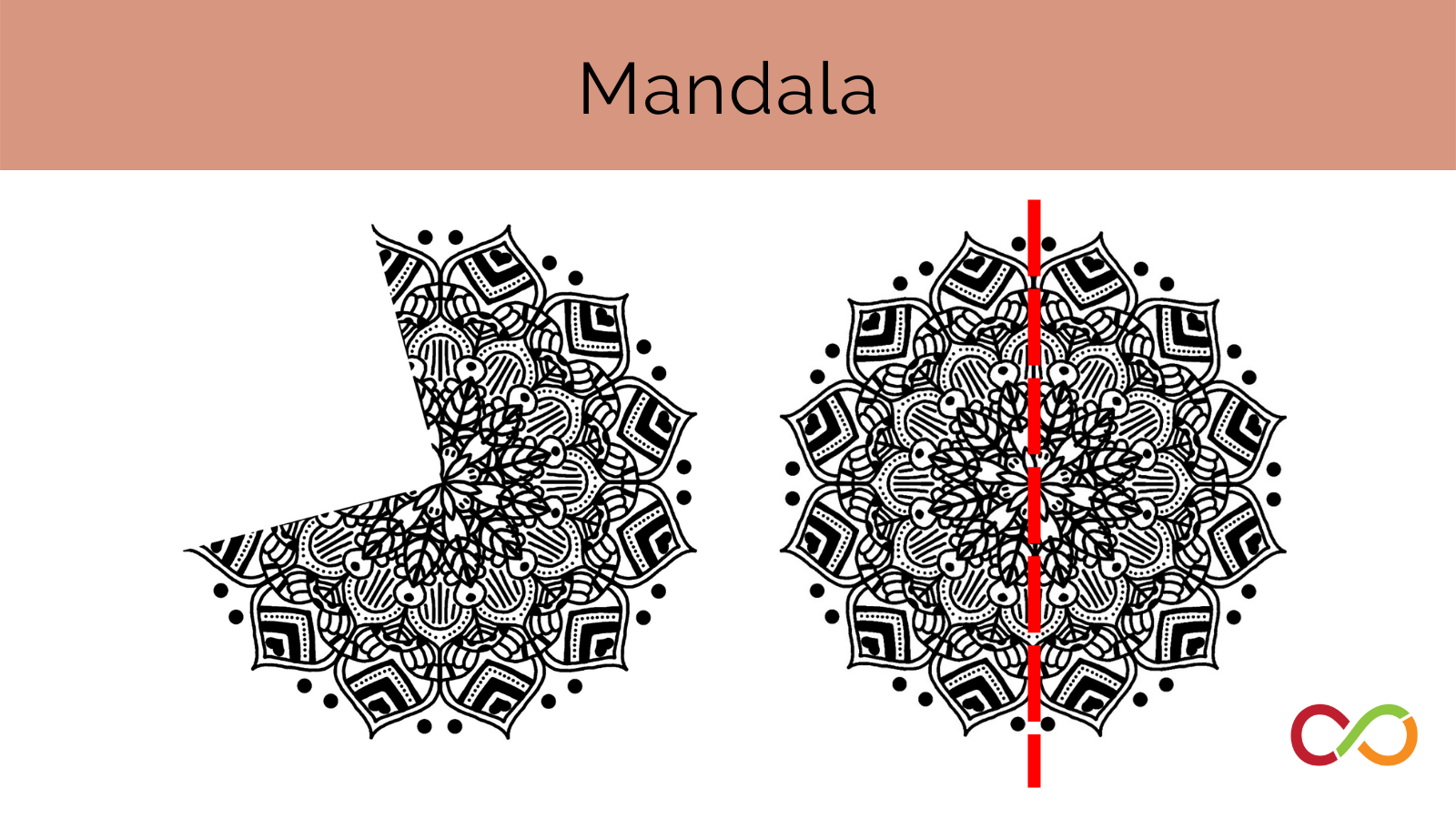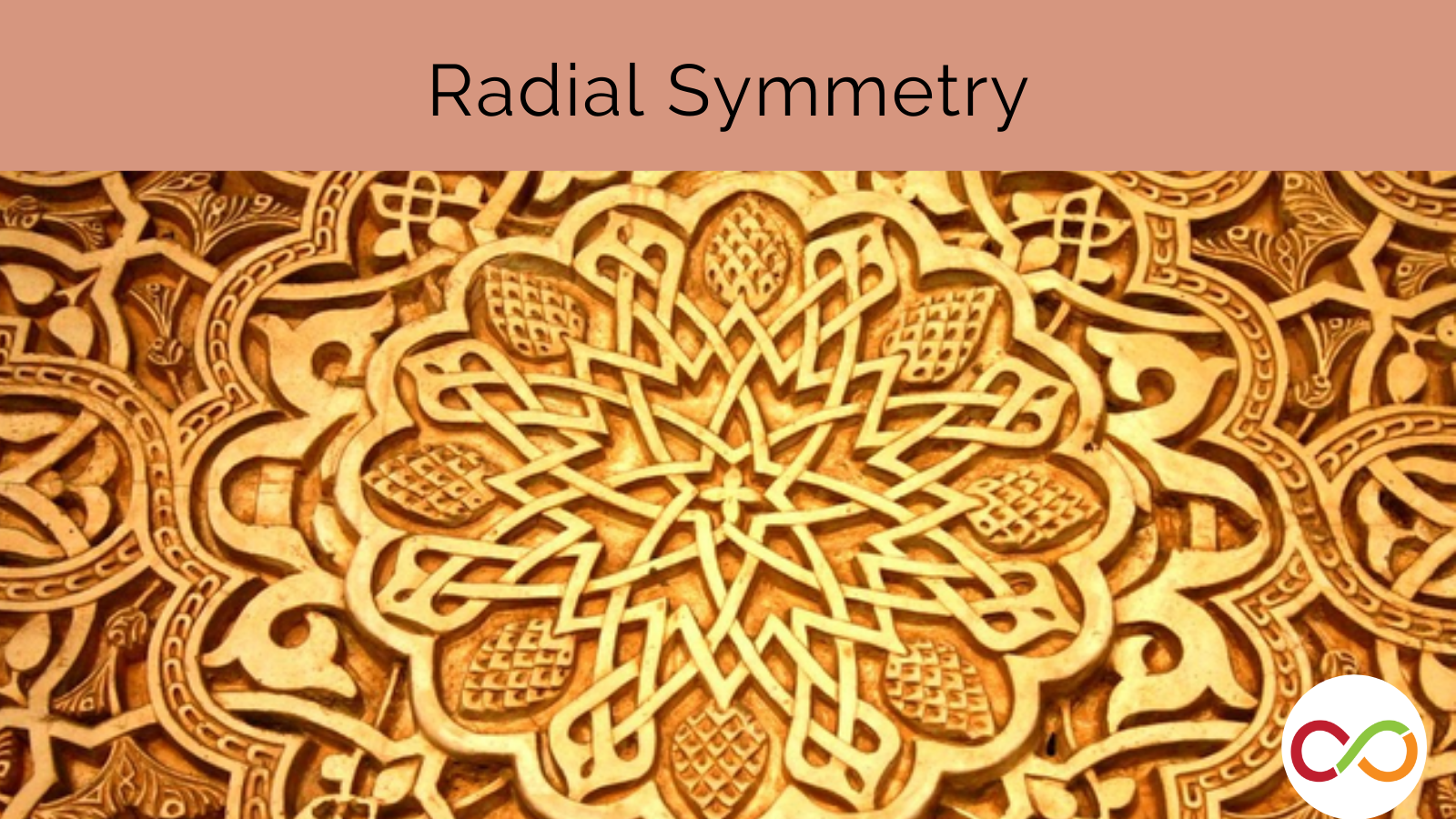Islamic Architecture
Age group
- Junior/Intermediate (Age 9 to 12)
Curriculum Goal
Junior: Patterning and Algebra
Create and translate repeating, growing, and shrinking patterns using various representations, including tables of values, graphs, and, for linear growing patterns, algebraic expressions and equations.
Related Links
Context
Whole-class discussion followed by individual exploratory activity of math and cultural art.
Materials
- Historical background information on Islamic architecture (Appendix A)
- Triangle grid paper (Appendix B)
- Stencil shapes (Appendix C)
- Pencils, markers, pencil crayons
Lesson
- Provide students with a historical background on Islamic architecture and have them bring in examples.
- Review related mathematical concepts – patterns, tessellations, rotations/turns, translation, and symmetry.
- Explain that students will be creating their own interpretations of Islamic art and architecture – the infinite pattern – using grid paper.
- Students can trace the stencil shapes or simply use them to generate ideas.
- As students are working, show pictures of Islamic art and play music from Turkey, Persia, Saudi Arabia, Tunisia, or other countries where the designs can be found.
- Spotify: Arab genre, Arab Classics playlist
- YouTube: Arabic Traditional Music
- Encourage students to make personal connections to both the art they see and their own work by asking questions:
- Have you seen these patterns in our neighbourhood?
- Do you recognize the shapes that make up various pieces of art? Do you notice any connections between the shapes? How do they fit together?
- How can some of the shapes create others?
- Discuss their art pieces and what inspired them.
Extension
Practice more with radial symmetry using lessons on Radial Symmetry and Mandala design.

